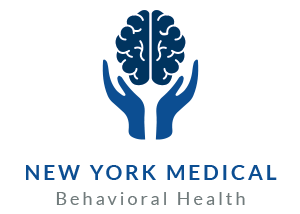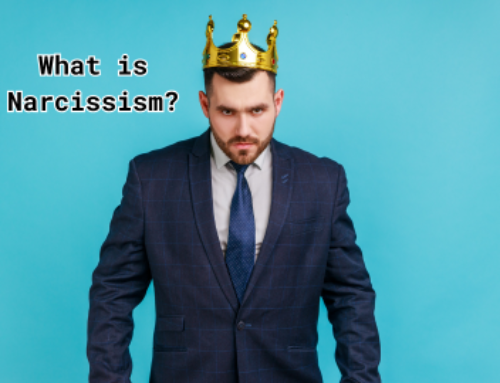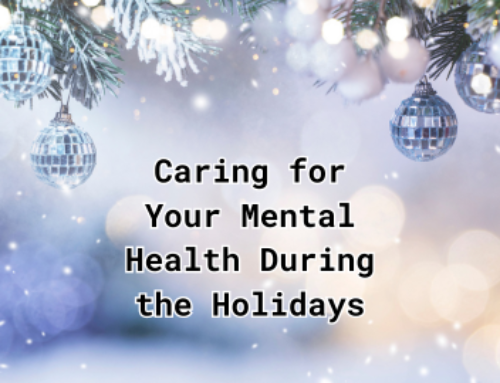Answering Our Patients’ Questions
When discussing their mental health with us, our patients sometimes report panic attacks as one of their symptoms. What is a panic attack exactly, why do they happen, what happens during a panic attack, and what can be done during a panic attack to lessen the severity? Are there actions that can lessen the occurrence of panic attacks? Let’s talk about it.
What Is a Panic Attack?
According to the Mayo Clinic and other sources, the definition of a panic attack is “A sudden episode of intense fear, anxiety, and physical symptoms, based on a perceived threat rather than imminent danger.” Panic attacks are not the same as anxiety attacks. Panic attacks are typically shorter than an anxiety attack, and the common physical symptoms of a panic attack do not manifest as severely, if at all, in an anxiety attack. Individuals suffering an anxiety attack may be able to continue with their business but a panic attack is immediately disruptive. An anxiety attack usually has one or more defined triggers, like a school exam or job interview, but while a panic attack may ensue as a result of that anxiety, panic attacks do not need a reason to happen. Individuals can suffer both as part of an anxiety disorder.
What Happens During a Panic Attack?
A panic attack includes both mental and physical symptoms. Some of the mental symptoms are:
- A fear of losing control or losing one’s grip on reality
- Fear of dying or losing everything
- Dissociation or feeling detached from or outside oneself
- Confusion and racing thoughts
Some of the physical symptoms of a panic attack are:
- Chest pain and tightness in the throat, which can cause feelings of suffocation
- Shaking and weak limbs
- Heart acceleration
- Feelings of dizziness or feeling faint
A panic attack is classified by the ADAA (Anxiety and Depression Association of America) as generally including at least four of these symptoms, mental and physical. However, limited-symptom panic attacks exist but present no other significant differences.
What to Do During a Panic Attack
When experiencing a panic attack, it is easy to feel overwhelmed. It is important to know that you can retain control in the moment or regain it quickly as the attack passes. These techniques may be helpful:
- It may seem obvious, but take care to control your breathing. Do not follow the urge to hyperventilate, but breathe slowly and deeply. Try counting up to four on the inhale and down from four on the exhale.
- Focus your mind. Reject racing thoughts and focus on something tangible. This could be a book on a shelf, a tree branch outside the window, a clock on the wall. Let your mind go over the colors, the shapes, the sounds.
- Relax your body. When panicking, our muscles tense up as our fight-or-flight instinct flares up. Sit or lie down and consciously unclench each muscle from your feet upward or head down.
- Name the experience for what it is. Acknowledge that you are having a panic attack and that it will pass.
Fighting Panic Attacks
While self-help techniques can be valuable when dealing with panic attacks, these should also be addressed by professionals. Panic attacks do a lot of damage to people’s lives and are upsetting. The fear of having a panic attack can increase one’s anxiety and make them more likely to have the panic attack they want to avoid.
See a doctor as quickly as possible if your panic attacks are affecting your ability to work, have healthy relationships, or go about your everyday life. Get professional help if your panic attacks are becoming more frequent, more severe, if you have just started having them, or if you are having thoughts of harming yourself. Panic attacks can be a symptom of panic disorder, which should be addressed by a physician, who will likely refer the sufferer to therapy and/or psychiatry.



